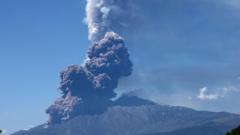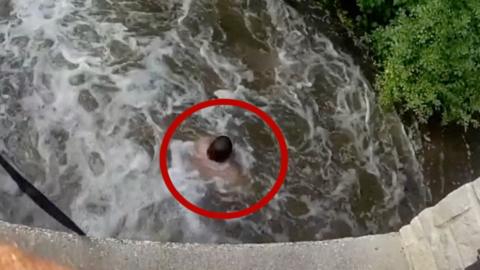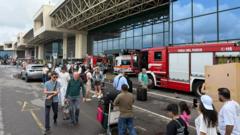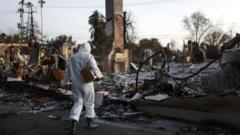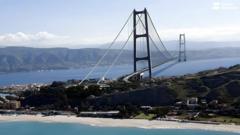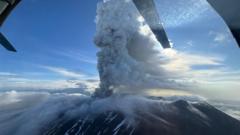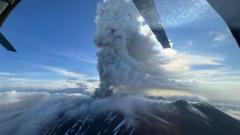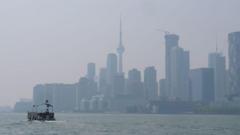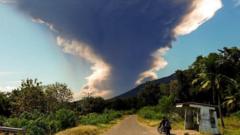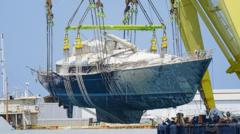Mount Etna, one of the globe's most famous and active volcanoes, erupted early Monday morning, filling the sky over Sicily with large clouds of ash and smoke. Eyewitness footage revealed the volcanic landscape dramatically changing as thick plumes of volcanic material spilled down the slopes of the mountain. The Italian National Institute of Geophysics and Volcanology (INGV) captured multiple explosions with increasing intensity, although the full impact of this eruption remains to be seen.
Geologists pinpointed the eruptive activity to the southeastern side of Mount Etna, where a large 200-meter wide vent is located. The hazardous mix of ash, gas, and rocks, known as pyroclastic flow, has been observed racing down the mountainside. Experts believe part of the volcano's crater may have collapsed, contributing to this outflow. However, as of now, there’s no immediate threat to nearby communities; the volcanic material hasn’t passed the Valley of the Lion, a key tourist stop.
INGV was quick to note that the eruption was classified as a "Strombolian" type, characterized by sporadic bursts of ash and gas. These types of eruptions can pose a significant risk for aircraft navigation, prompting a temporary red alert to be issued for flights in the vicinity. In February, a previous eruption caused major disruptions at Catania Airport, leading to numerous flight diversions due to ash clouds. Authorities have warned tourists to stay clear of lava flows while monitoring the situation closely.

